In today’s digital world, Mobile App Design and Development are more than just tools; they are essential bridges that connect businesses and audiences in Friendly and creative ways. But creating a successful mobile app requires more than just having a good idea. It is a meticulous journey that combines creativity and technology, user needs and business goals. From the initial inspiration to the last line of code, each stage of Mobile App Design and Development plays a central role in determining its success. In this guide, we’ll walk you through the key steps to turn a simple idea into a full-fledged mobile app, ensuring that it not only runs smoothly but resonates deeply with its intended users.
1. Introduction of Steps to make a successful Mobile App Design and Development Product
The introduction sets the stage for understanding the importance of mobile app design and development. It highlights the growing demand for mobile apps and their benefits to businesses and users.
TALK TO US AND GET YOUR PROJECT MOVING!
Get a Free Consultation with our expert and let us know your project idea to turn it into an amazing digital product.
2. Understanding the Importance of Mobile App Design and Development

2.1. The Growing Demand for Mobile Apps
Mobile apps have witnessed a tremendous surge in popularity over the years. With smartphones becoming ubiquitous, users rely on apps for various purposes. This section discusses the increasing demand for mobile apps and their impact on businesses.
2.2. Benefits of a Well-Designed and Developed Mobile App
A well-designed and developed mobile app offers numerous benefits to both businesses and users. This section dives into the advantages of investing in a high-quality app, such as improved customer engagement, enhanced brand visibility, increased revenue opportunities, and streamlined processes.
3. Defining Goals and Target Audience

Before starting the design and development process, defining the app’s goals and identifying the target audience is crucial. This section explains the importance of setting clear objectives and conducting thorough research to understand target users’ needs, preferences, and demographics.
3.1. Identifying the Purpose of the App
Defining the app’s purpose helps align the design and development efforts with the desired outcomes. Whether the app aims to provide a specific service, promote a product, or entertain users, clarifying its purpose ensures a focused and effective approach.
3.2. Analyzing the Target Audience
Understanding the target audience is vital for creating a user-centric app. This involves gathering insights about their behaviors, preferences, and pain points. By conducting market research, surveys, and user interviews, app designers and developers can tailor the user experience to meet the needs of their target audience.
4. Research and Market Analysis and build a successful Mobile App Design and Development Product

Thorough research and market analysis lay the foundation for a successful mobile app. This section discusses the importance of conducting competitor analysis to identify gaps in the market and analyzing user needs and pain points to develop a unique value proposition.
Want to Optimize/Customize your website or App?
Book a Free consultation call with our Expert!
4.1. Conducting Competitor Analysis
Analyzing the competition helps identify its strengths, weaknesses, and unique selling points. This knowledge can be leveraged to differentiate the app and provide a better user experience. By studying competitors’ app features, user feedback, and market positioning, developers can gain valuable insights to inform their app’s design and functionality.
4.2. Identifying User Needs and Pain Points
Understanding user needs and pain points is crucial for creating an app that solves real-world problems. By conducting user research, analyzing feedback from similar apps, and considering industry trends, designers and developers can understand what users expect and tailor the app accordingly.
5. User Experience (UX) Design

User experience design focuses on creating intuitive and enjoyable interactions for app users. This section explores the critical steps in UX design, including creating user personas, developing information architecture, and conducting prototyping and usability testing.
5.1. Creating User Personas
User personas are fictional representations of the target audience based on accurate data and insights. This step helps app designers empathize with users, understand their goals and behaviors, and design an app that meets their needs.
5.2. Information Architecture and Wire-framing
Information architecture involves organizing the app’s content and features logically and flexibly. On the other hand, wire-framing focuses on creating visual representations of the app’s structure and layout. This stage helps define the app’s navigation, flow, and overall structure before proceeding with detailed design elements.
5.3. Prototyping and Usability Testing
Prototyping allows designers and developers to create interactive and clickable app versions, enabling them to test and refine the user experience before investing in full-scale development. Usability testing involves gathering user feedback to identify pain points, navigation issues, or areas needing improvement.
6. User Interface (UI) Design

User interface design focuses on the visual aspects of the app, including typography, colors, and interactive elements. This section explores the critical steps in UI design, such as creating visually appealing interfaces that align with the app’s branding and providing seamless navigation.
6.1. Typography, Colors, and Visual Elements
Choosing the right typography, colors, and visual elements is crucial in creating an appealing and engaging app interface. This step involves considering the app’s target audience, brand identity, and industry best practices to create a visually consistent and user-friendly design.
6.2. Navigation and Interactive Elements
Intuitive navigation and interactive elements ensure a smooth user experience. This includes designing clear and easily accessible menus, buttons, and gestures allowing users to navigate the app seamlessly. Incorporating interactive elements like animations and micro-interactions can also enhance user engagement.
7. App Development and Testing

Once the design phase is complete, the app enters the development stage. This section outlines the critical steps in app development, including choosing the right technology stack, selecting development methodologies, implementing functionality and integrations, and testing for quality assurance.
7.1. Choosing the Right Technology Stack
Selecting the appropriate technology stack is crucial for the app’s performance, scalability, and compatibility across different platforms. This step involves choosing the right programming languages, frameworks, and libraries based on the app’s requirements and target platforms.
Want SEO/Digital Marketing Services?
Want to increase traffic and boost sales? Book a Free consultation call with our Expert!
7.2. Development Methodologies (Agile, Waterfall, etc.)
Choosing the proper development methodology ensures an efficient and organized development process. Agile methodologies, such as Scrum or Kanban, promote iterative development and frequent feedback, while the waterfall approach follows a sequential development process. The most suitable methodology depends on the project’s complexity, team size, and client requirements.
7.3. Implementing Functionality and Integrations
The app’s core functionality is implemented during the development phase, including features, databases, APIs, and third-party integrations. This stage requires close collaboration between developers, designers, and stakeholders to ensure the app meets the defined goals and user requirements.
7.4. Testing and Debugging
Thorough testing is crucial to identifying and fixing any bugs, errors, or usability issues. This involves conducting functional testing, performance testing, compatibility testing, and user acceptance testing. By thoroughly testing the app before launch, developers can deliver a high-quality product that meets user expectations.
8. Iterative Improvements and Updates

App development doesn’t stop at launch. This section highlights the importance of gathering user feedback, analyzing app metrics, and continuously implementing updates and enhancements to improve the app’s performance and user experience.
8.1. Gathering User Feedback in your Mobile App Design and Development idea
Encouraging users to provide feedback and reviews is valuable for understanding their needs and identifying areas for improvement. App owners can leverage feedback channels within the app, social media, or customer support to gather insights and make informed decisions for future updates.
8.2. Analyzing App Metrics
Analyzing app metrics, such as user engagement, retention, and conversion rates, provides valuable insights into how users interact with the app. This data helps identify areas that require optimization and informs decision-making for future updates.
8.3. Implementing Updates and Enhancements
Based on user feedback and app metrics, developers can implement updates and enhancements to address issues, introduce new features, or improve overall performance. Regular updates demonstrate a commitment to the app’s improvement and help retain and attract users.
9. App Store Optimization (ASO)

The goal of app store optimization (ASO) is to make apps more visible and discoverable in app stores. This section explores the key steps involved in ASO, including keyword research, optimizing the app’s title, description, and screenshots, and leveraging ratings, reviews, and app updates.
9.1. Keyword Research and App Title
Conducting thorough keyword research helps identify relevant search terms and phrases users use to find similar apps. Incorporating these keywords into the app’s title and description can improve its visibility in app store search results.
9.2. App Description
Writing a compelling app description and selecting visually appealing screenshots are crucial for attracting and convincing users to download the app. The description should highlight the app’s essential features, benefits, and unique selling points, while screenshots should showcase its user interface and functionality.
9.3. Ratings, Reviews, and App Updates
Positive ratings and reviews significantly encourage new users to download the app. Encouraging satisfied users to rate and review the app, responding to feedback, and addressing issues promptly helps build trust and credibility. Regularly updating the app with new features and bug fixes demonstrates a commitment to providing an excellent user experience.
10. Marketing and Promotion

Effective marketing and promotion strategies are essential for reaching a wider audience and driving app downloads. This section explores pre-launch strategies, social media marketing, app store ads, and paid campaigns.
10.1. Pre-Launch Strategies
Creating buzz and anticipation before the app’s launch can help generate initial interest and downloads. Pre-launch strategies may include teaser campaigns, influencer collaborations, beta testing, and offering exclusive access to early adopters.

10.2. Social Media Marketing
Leveraging social media platforms to promote the app is an effective way to reach a broad audience. Creating engaging content, running targeted ads, collaborating with influencer, and encouraging user-generated content can generate awareness and drive downloads.
10.3. App Store Ads and Paid Campaigns
Investing in app store ads and paid campaigns can increase visibility in app stores and attract potential users. These campaigns can target specific demographics, geographic locations, or user interests to reach the most relevant audience.
11. Monetization Strategies

Monetizing the app is an important consideration for app owners. This section explores different monetization strategies, such as in-app purchases, subscriptions, and advertisements, as well as partnerships and sponsorships.
11.1. In-App Purchases
Offering additional features, content, or virtual goods for purchase within the app can generate revenue. This strategy allows users to access premium or exclusive content and enhances their overall app experience.
11.2. Subscriptions and Advertisements
Implementing subscription models or displaying advertisements within the app are common monetization strategies. Subscriptions provide users with ongoing access to premium features or content, while advertisements generate revenue through impressions or clicks.
11.3. Partnerships and Sponsorships
Collaborating with other businesses, influencer, or brands can open opportunities for partnerships and sponsorships. These collaborations can generate revenue through promotional activities, cross-promotion, or co-branded content.
12. Ensuring Security and Privacy

Security and privacy are paramount in mobile app design and development. This section discusses the importance of implementing robust data protection measures, secure authentication, and authorization processes to ensure user trust and compliance with relevant regulations.
12.1. Data Protection and Encryption
It is essential to protect user data from unauthorized access or breach. Implementing encryption techniques, secure data storage practices, and compliance with data protection regulations, such as GDPR or CCPA, help protect user information.
12.2. Secure Authentication and Authorization
Ensuring secure authentication and authorization processes prevents unauthorized access to user accounts and protects sensitive data. Implementing strong password policies, two-factor authentication, and secure API integrations contribute to a secure app environment.
13. App Maintenance and Support

Maintaining and supporting the app after launch is essential for ensuring its longevity and user satisfaction. This section explores the importance of regular bug fixes, performance optimization, and providing user support and troubleshooting.
13.1. Bug Fixes and Performance Optimization in your Mobile App
Promptly addressing bugs, crashes, and performance issues is crucial for maintaining a positive user experience. Regular updates and bug fixes improve the app’s stability, reliability, and overall performance.
13.2. User Support and Troubleshooting
Need help with Website Development?
Tell us about your project and get a free quote.
Reliable user support channels, such as in-app chat, email, or a knowledge base, help users troubleshoot issues and provide a positive customer experience. Timely and helpful support contributes to user satisfaction and can result in positive reviews and recommendations.
14. Conclusion
In short, the journey of mobile application design and development is complex, requiring a combination of creativity, technical ability and user-centered thinking. With years of experience, our company has been at the forefront of creating digital solutions that work for users and deliver clear business results. We’ve navigated the complexities of the app world, turned challenges into opportunities, and turned ideas into successful apps.
If you’re looking for an app that not only stands out but also delivers what it promises, then our expert advice could be the guide you need. Let’s collaborate and turn your vision into a mobile masterpiece.



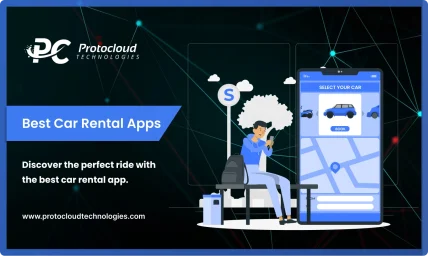
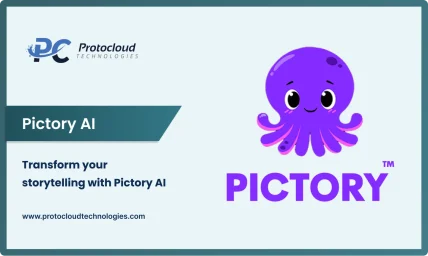

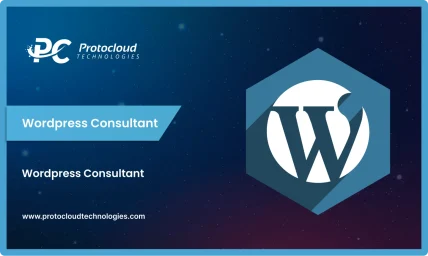
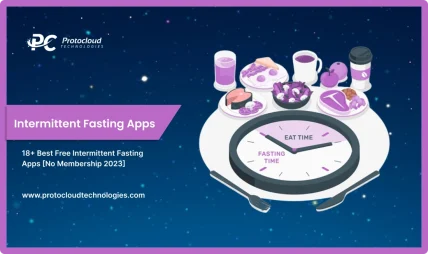
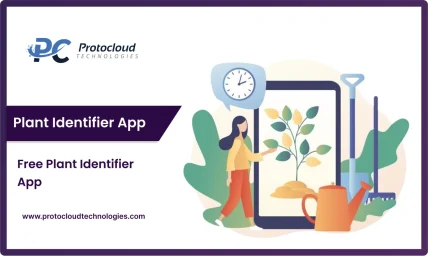
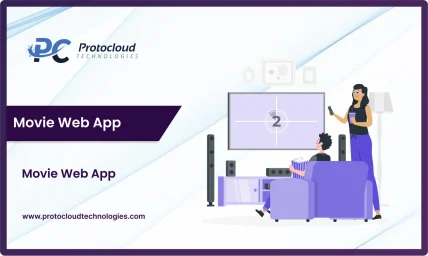
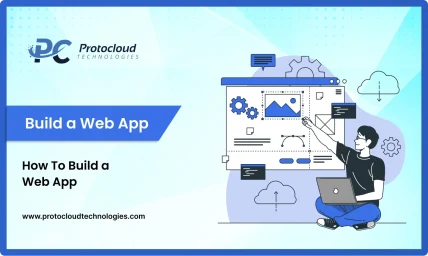
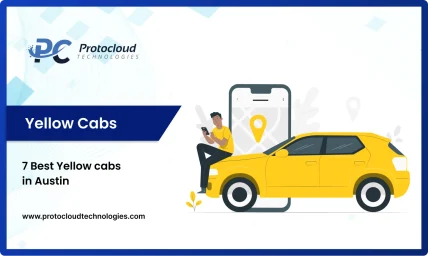
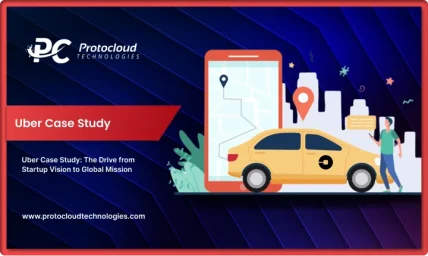
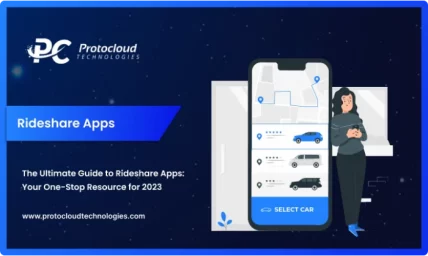

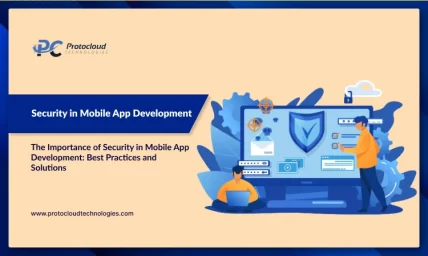
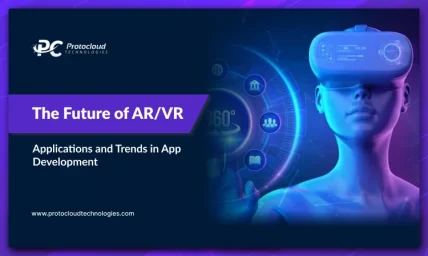
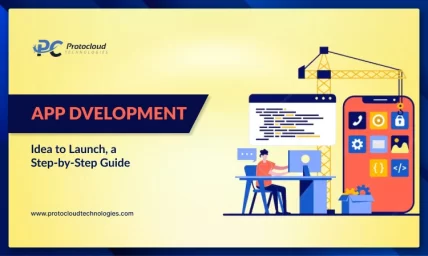
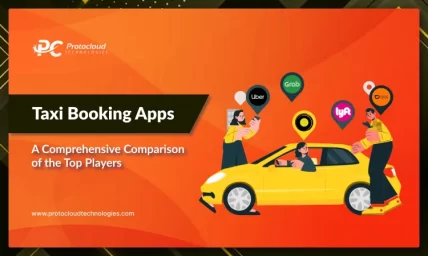
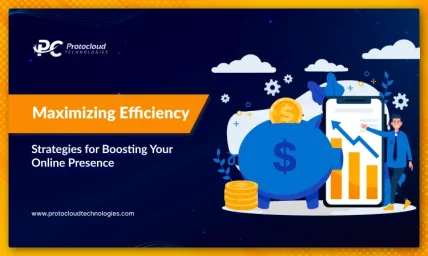
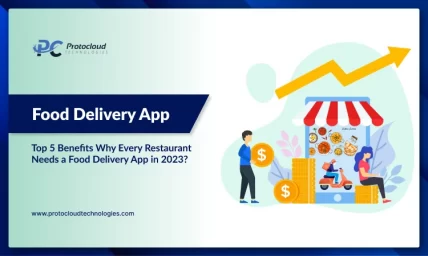
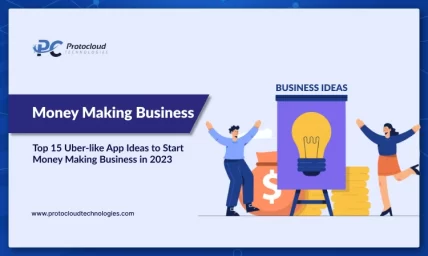

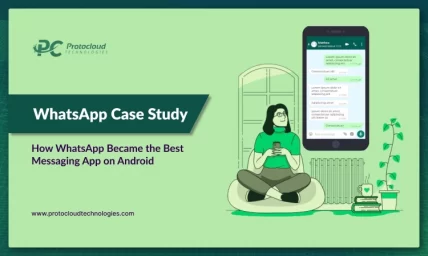
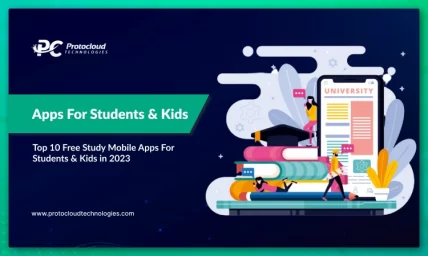
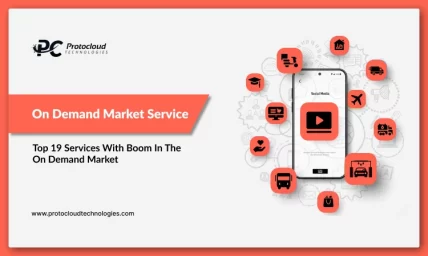
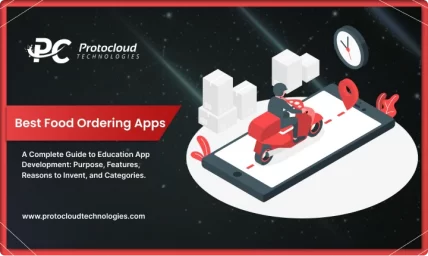
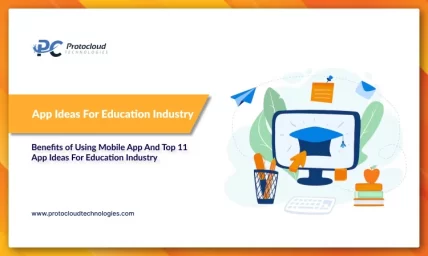
I subscribed to this wonderful site recently, they give phenomenal content to followers. The site owner has a knack for informing visitors. I’m happy and hope they continue sharing excellent material.
Loving the information on this web site, you have done outstanding job on the blog posts.
You made certain nice points there. I did a search on the issue and found most persons will have the same opinion with your blog.